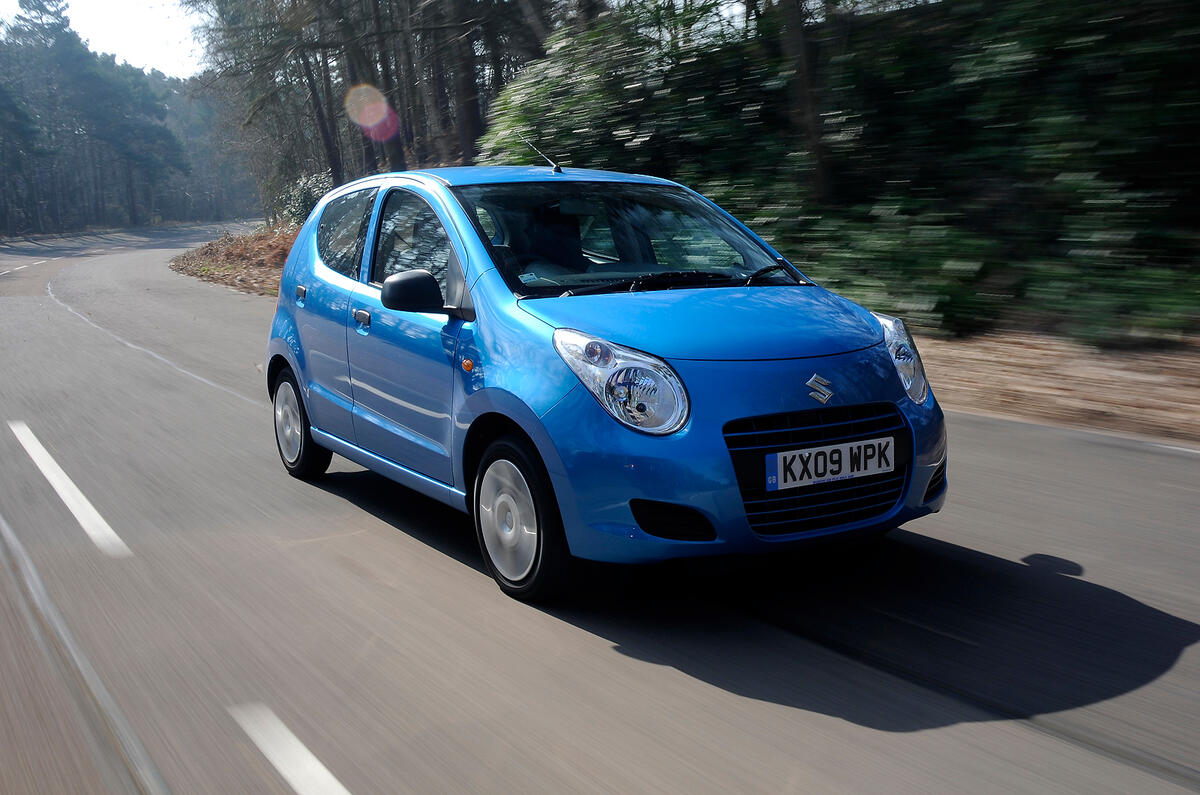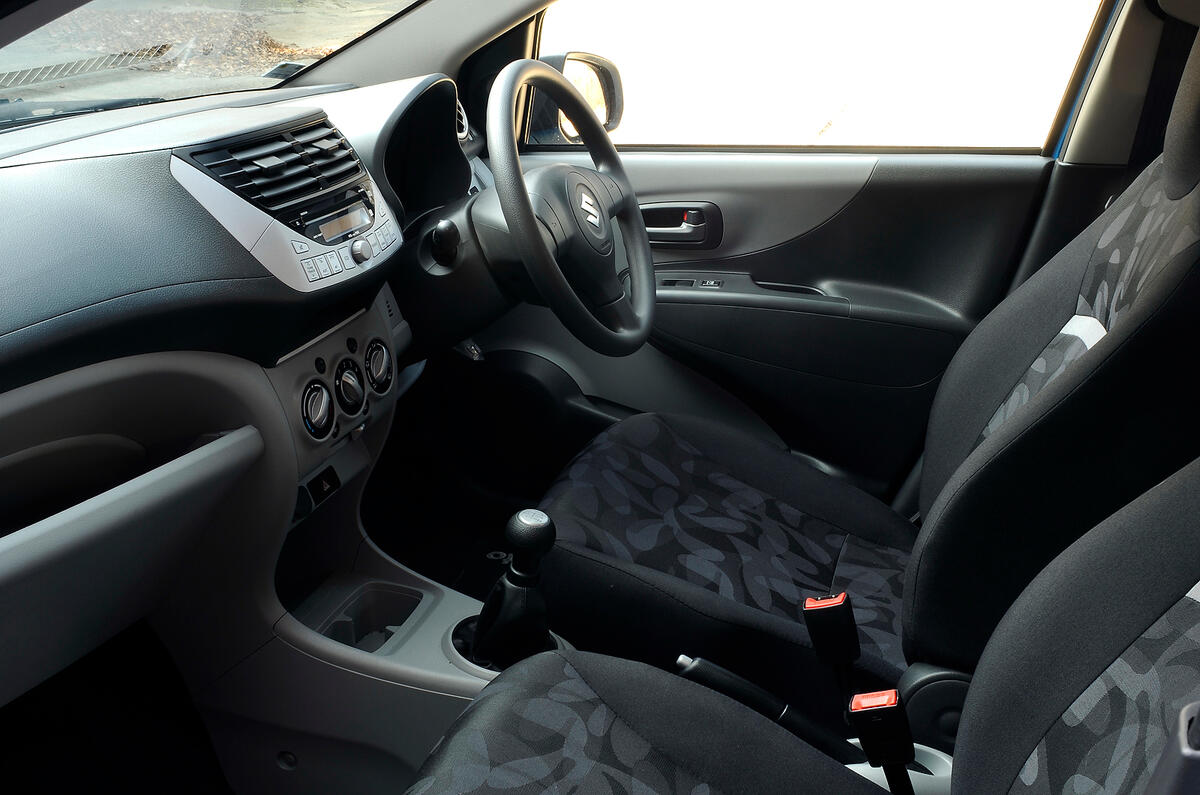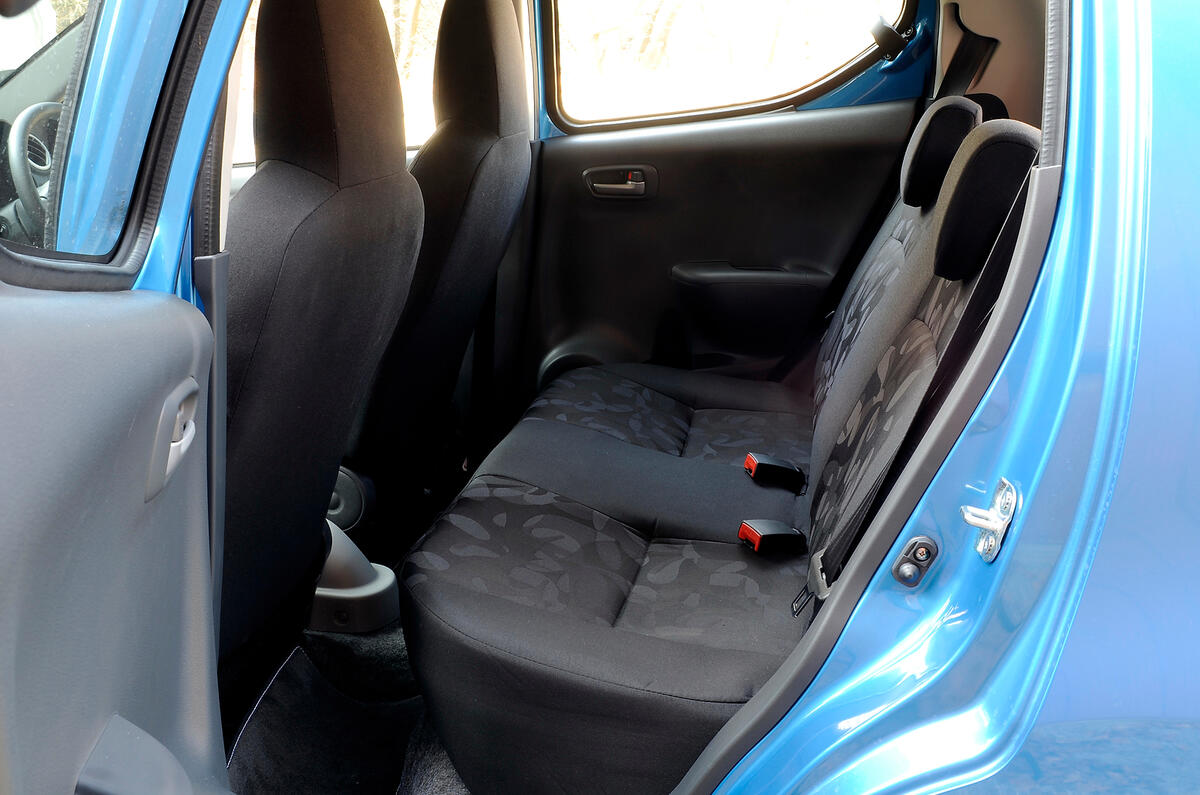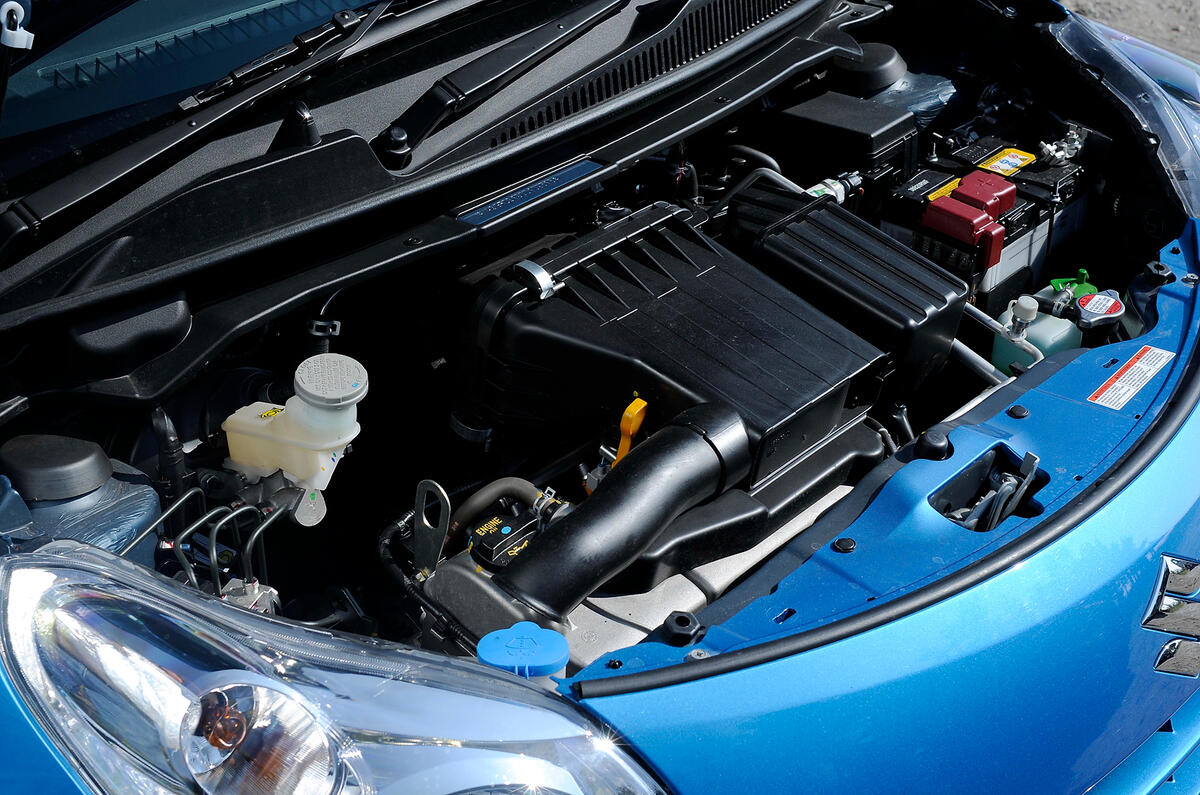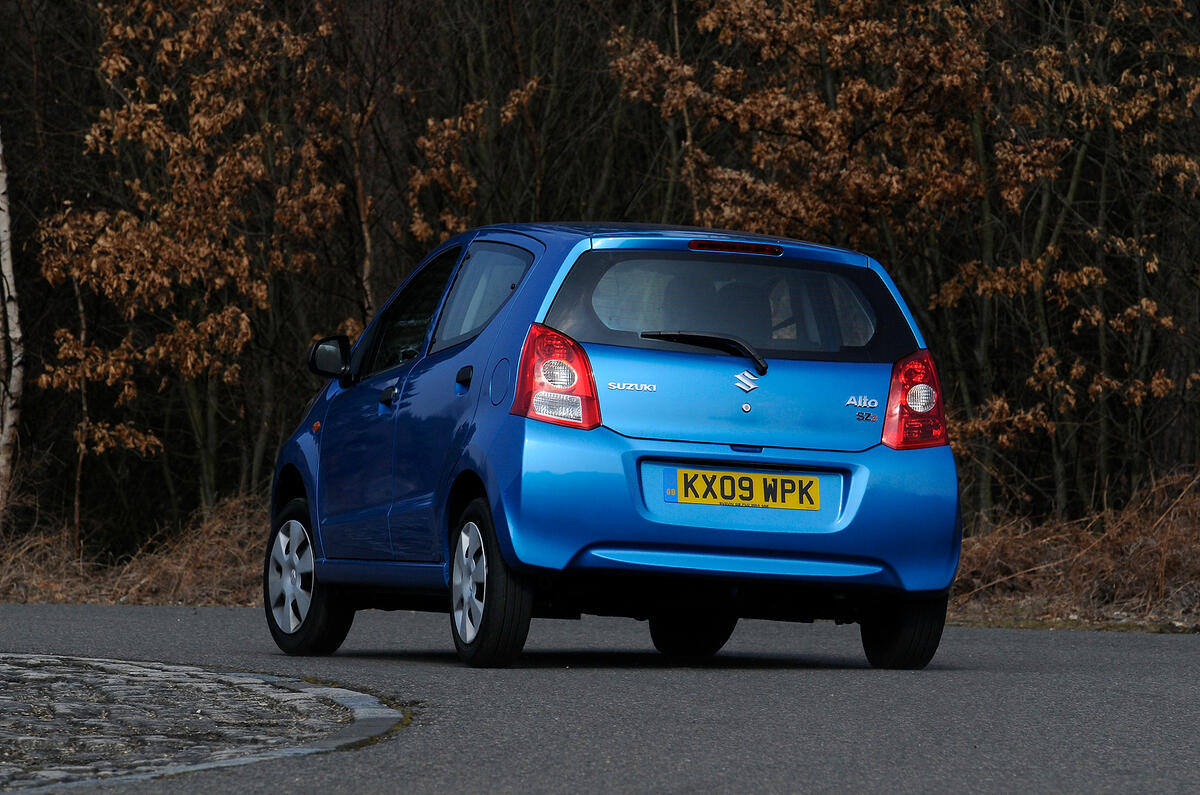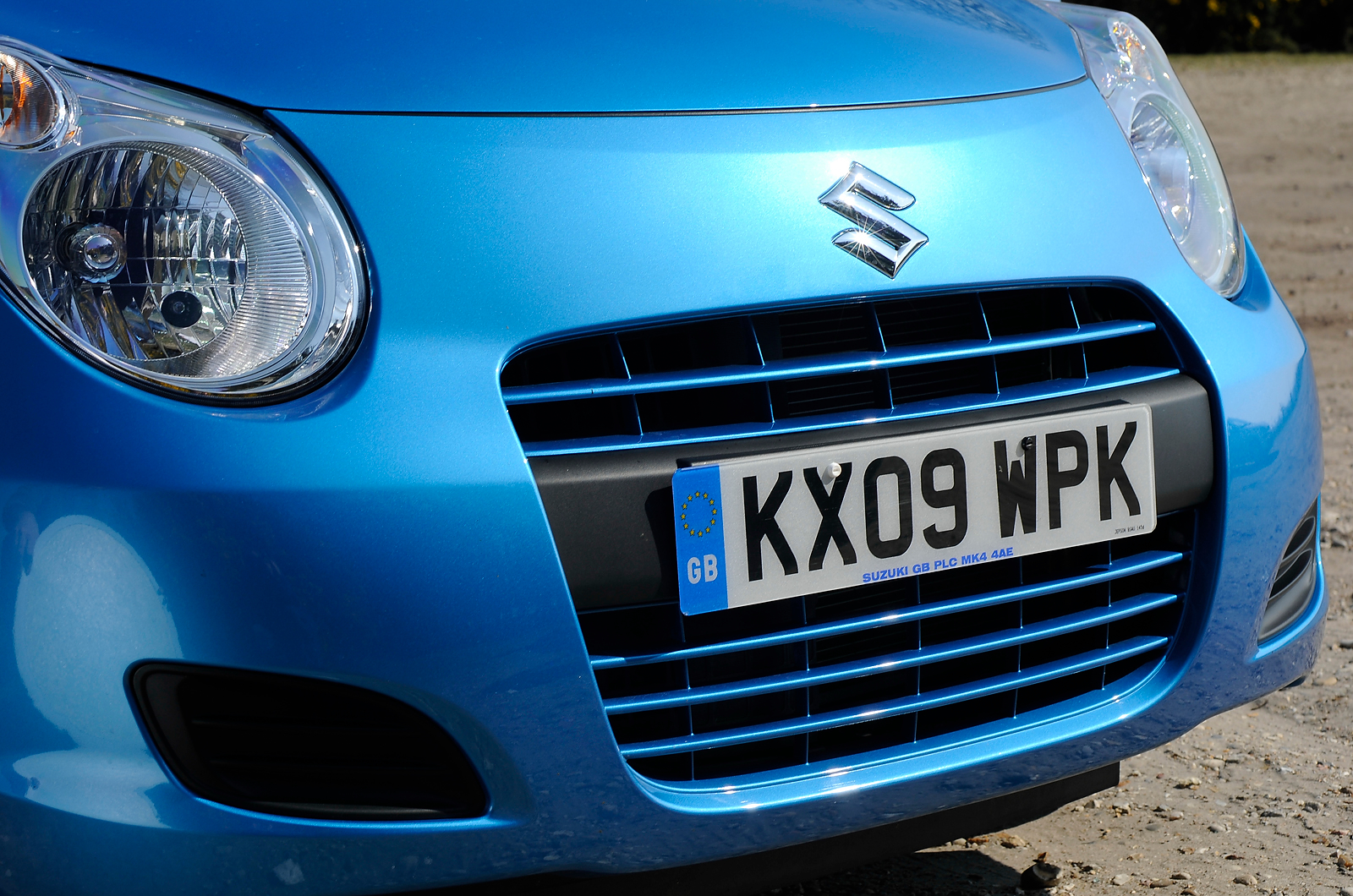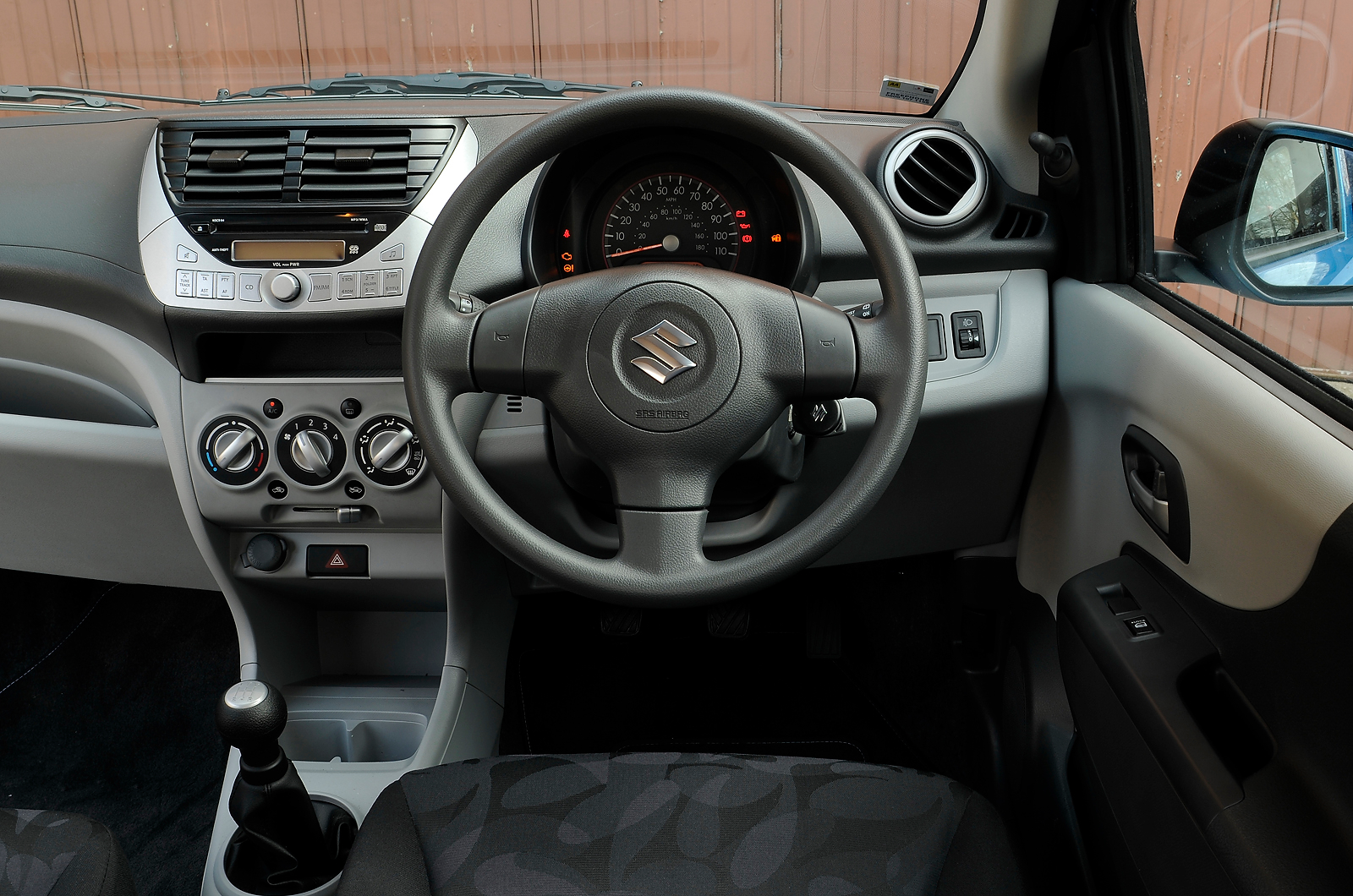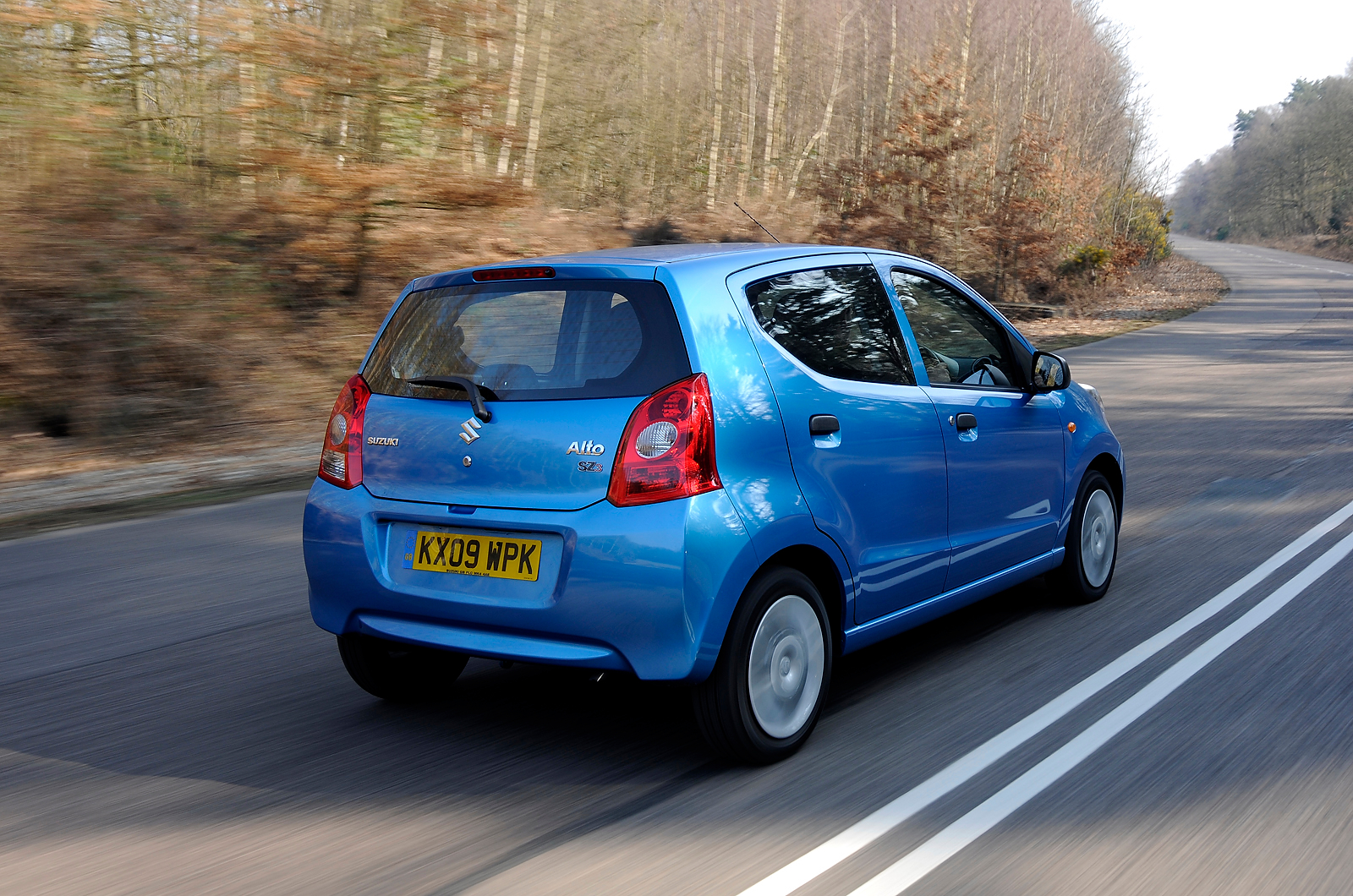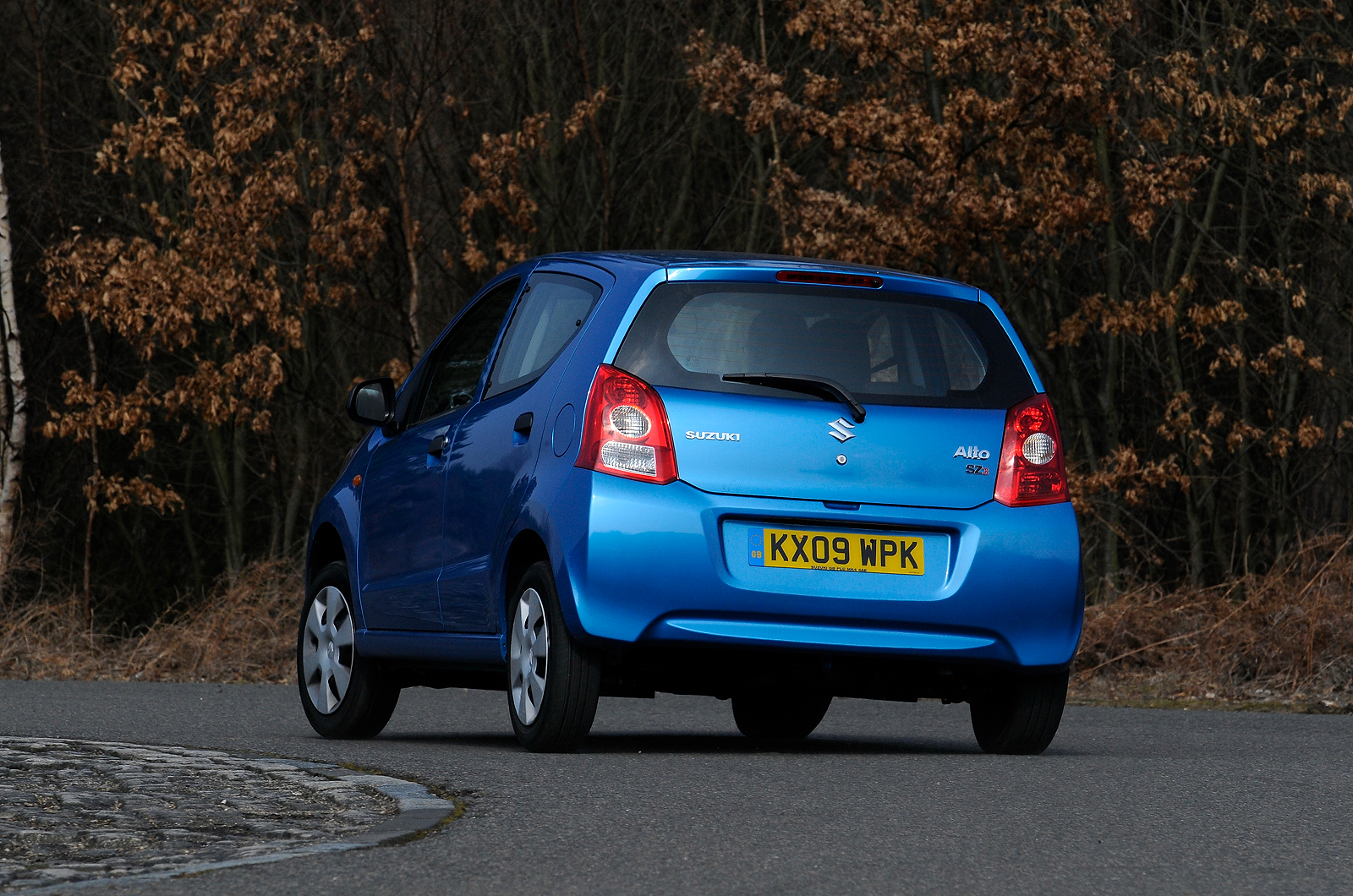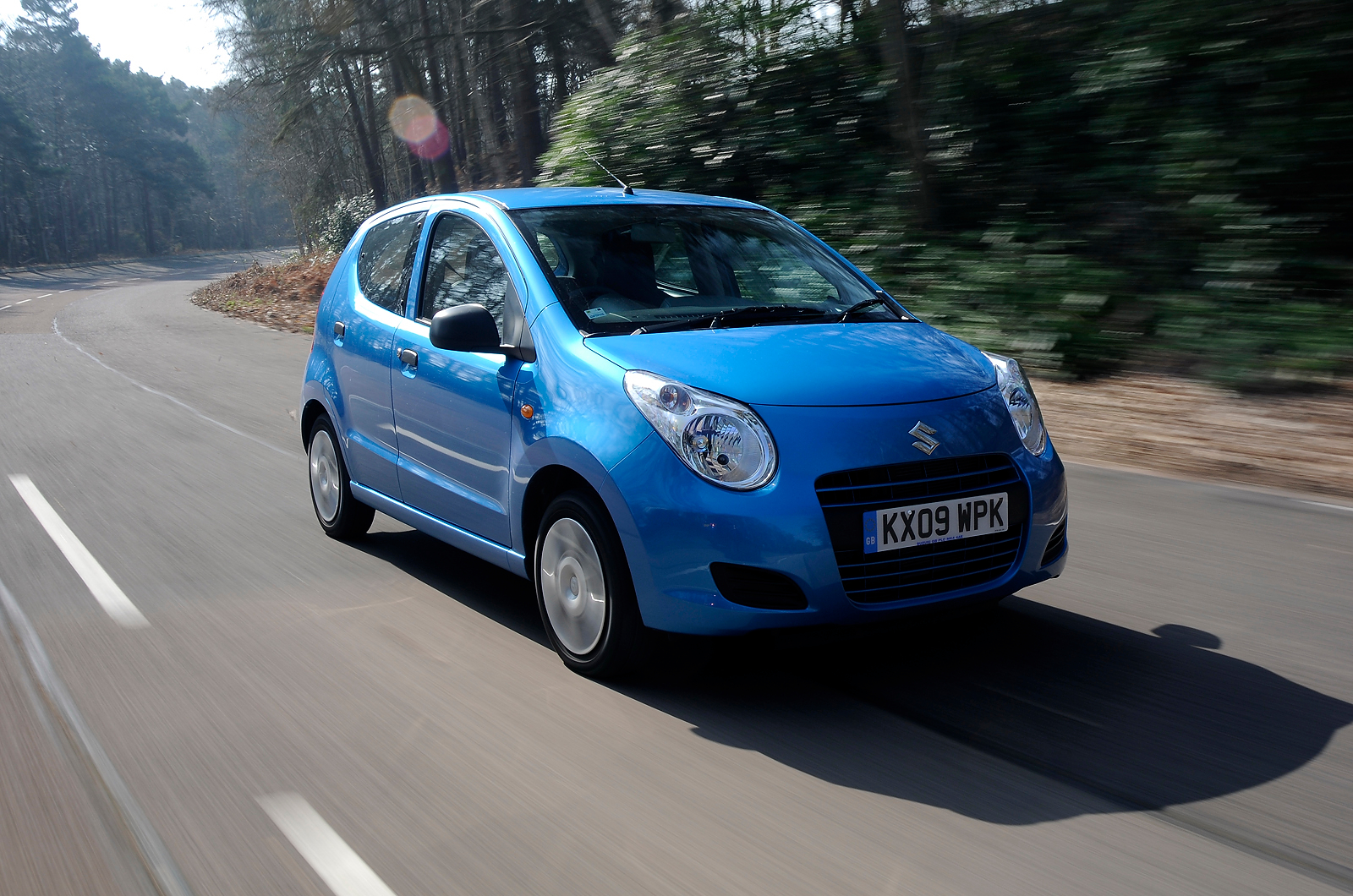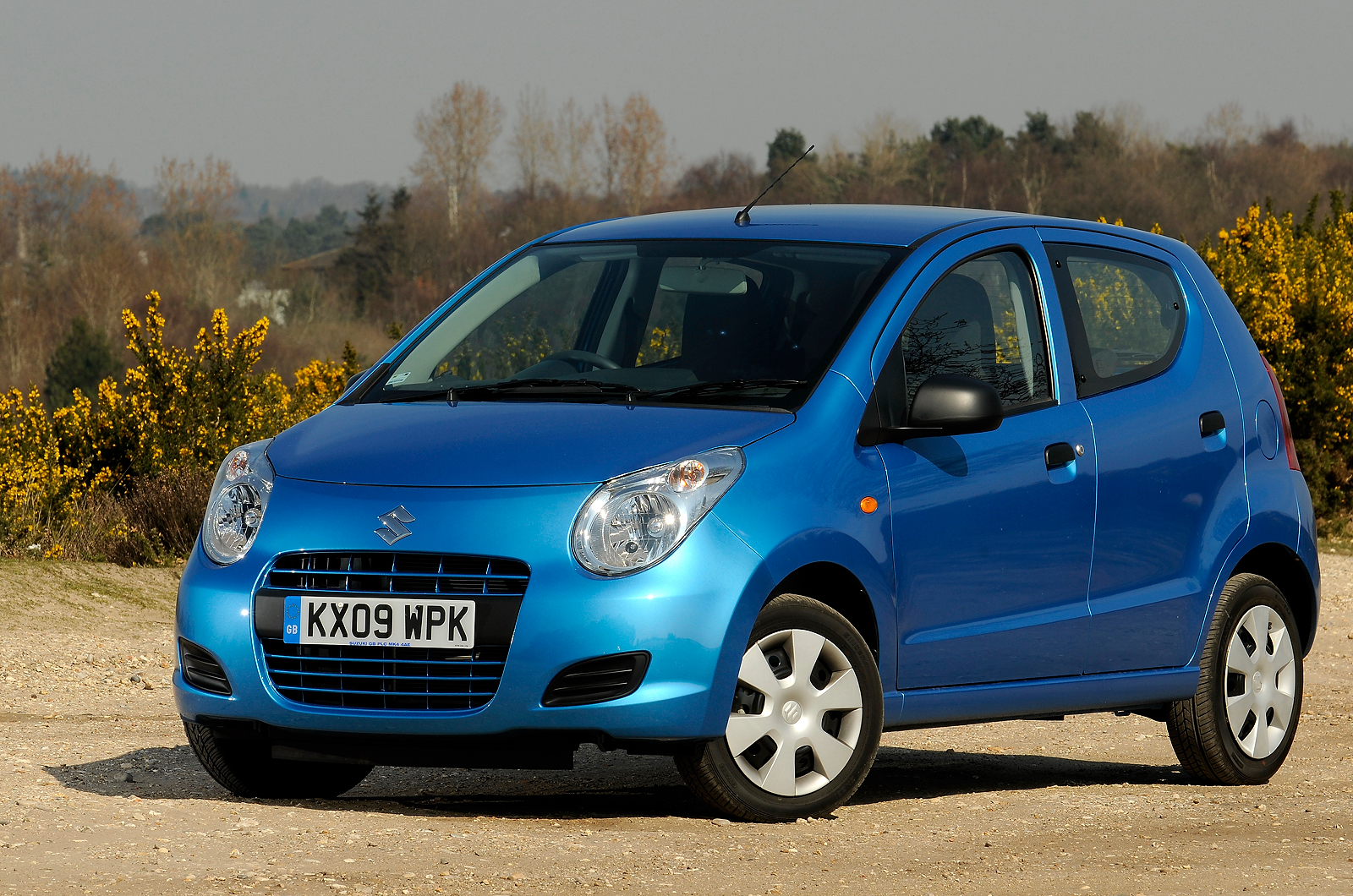Originally the Suzuki Alto was a ‘kei’ car, narrow and powered by a sub-660cc engine so you could have one in Tokyo without your own parking space. That was 30 years and seven Alto generations ago.
A 796cc version was sold in the UK from 1981, with a two-speed auto option from 1983, and it also became the first Maruti, India’s best-selling car. UK Alto sales stopped in 2002, but restarted with the sixth generation a year later. That model was dropped in 2006.
Suzuki also has a fit-for-purpose sub-supermini called the Splash (also sold as part of a dual venture with Vauxhall as the Agila), which can be had with a highly frugal 1.0-litre three-cylinder engine. So to have a second car in the range, powered by the same engine, seems merely to be filling another tiny niche with another tiny car. Odder still, this is the biggest Alto yet, making the gap between it and the Splash even narrower.
So what’s the point? The Alto is cheaper to buy, and cheaper to build because it comes from the factory of Suzuki’s Indian associate Maruti (of which Suzuki owns 54.2 percent). So it’s a profitable product. Also, being a little smaller and lighter than the Splash, the Alto returns a very tempting CO2 figure.
Once again, Suzuki has chosen to partner with someone else for a supermini project, this time the Alto’s sister-under-the-skin is the Nissan Pixo, which retails for considerably less cash than the Suzuki, but comes with an even more miserly standard of equipment.



